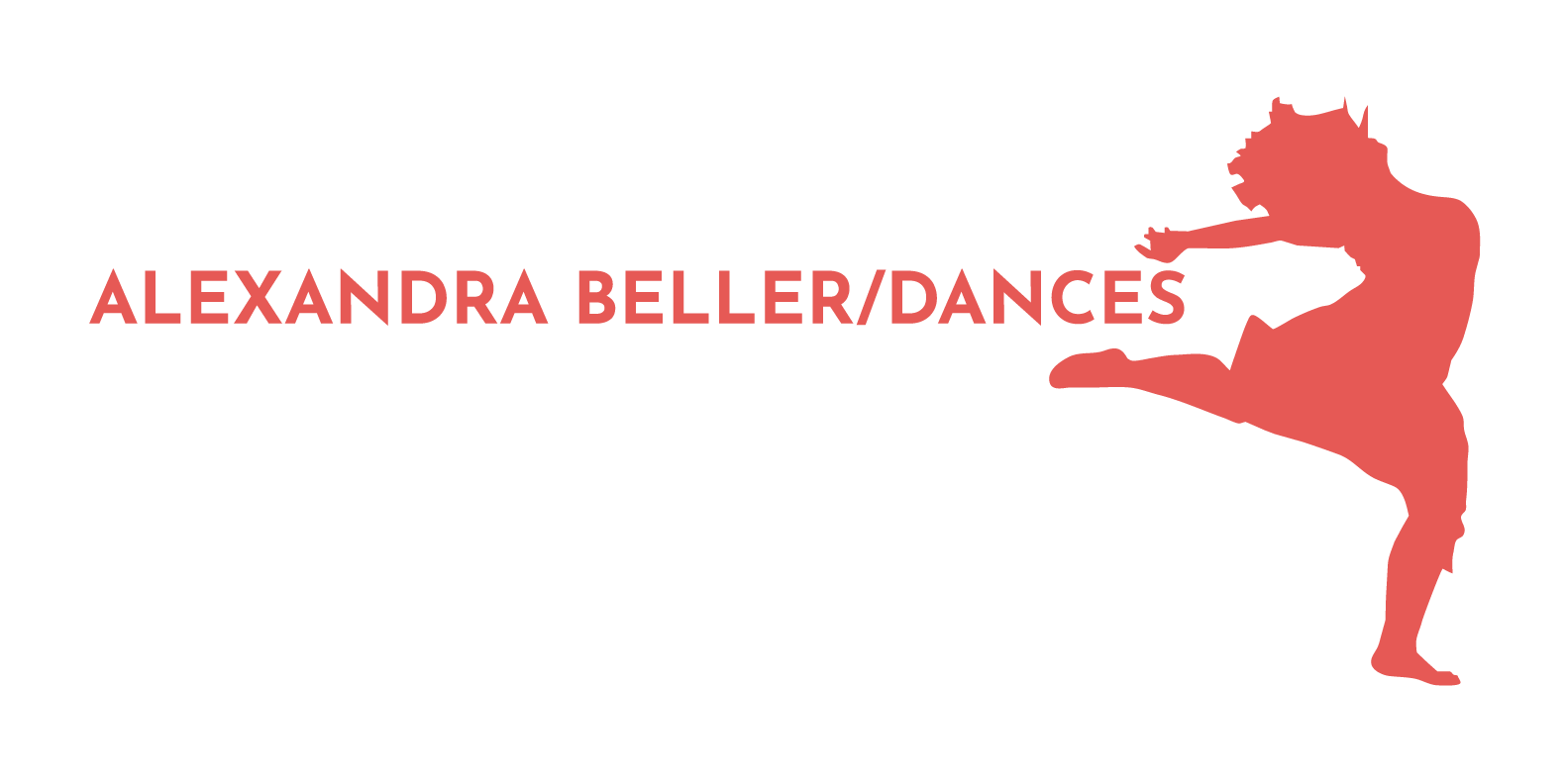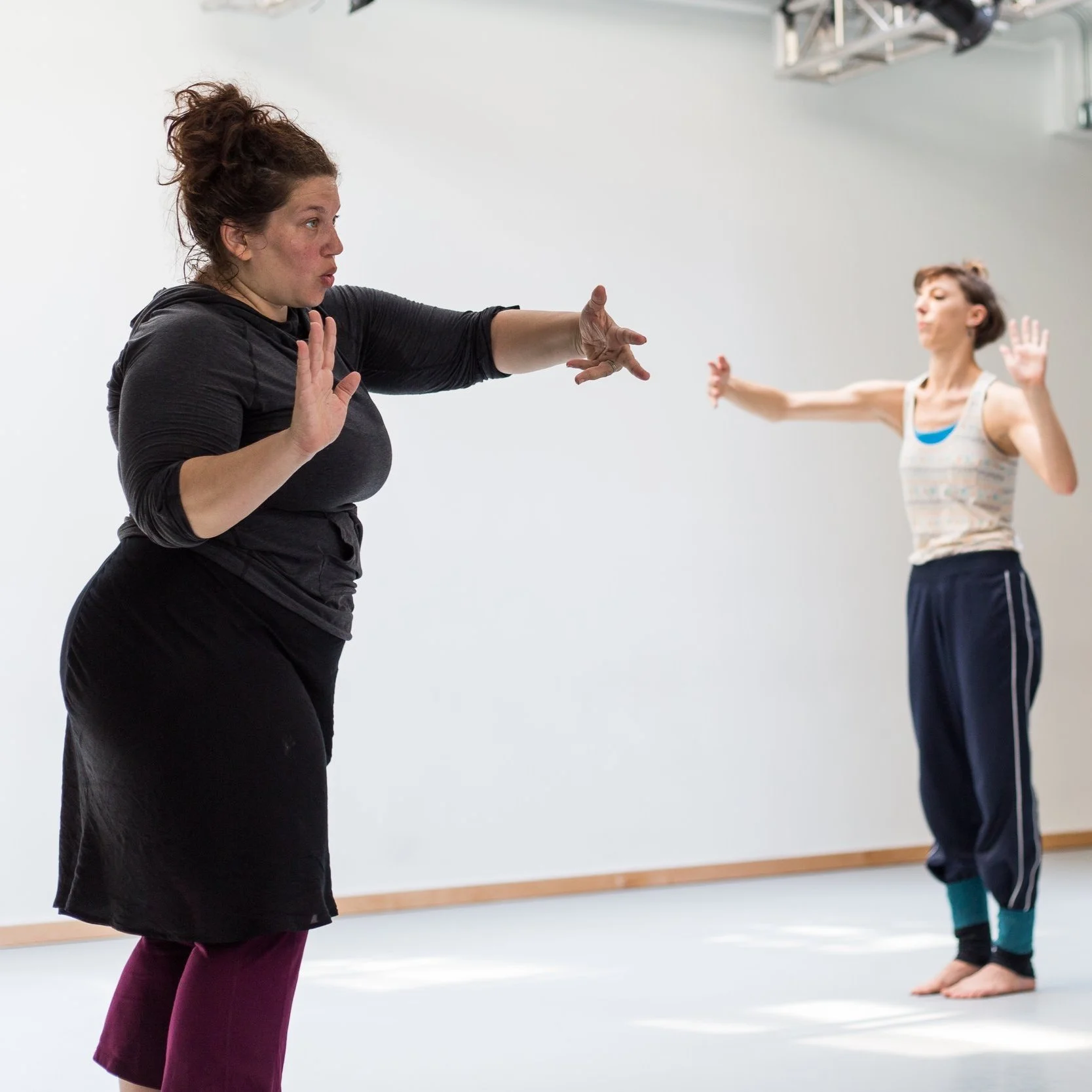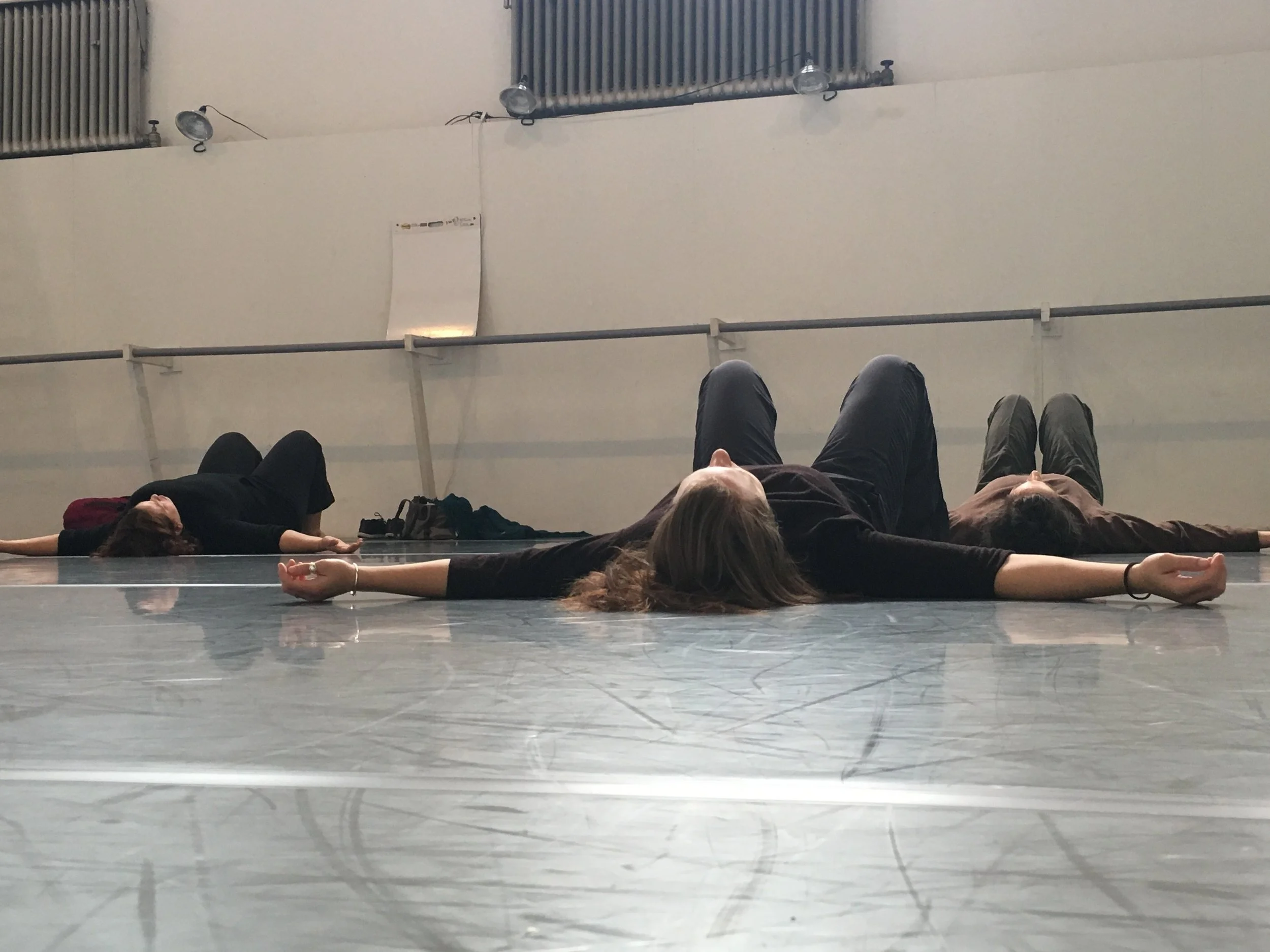Movement is everywhere. LBMS helps you read it.
Laban/Bartenieff Movement Studies
Every gesture holds layers of story: anatomy, emotion, culture, and choice. Laban/Bartenieff Movement Studies offers tools to read those layers—to sense how movement shapes and is shaped by thought, feeling, and environment. It is less a technique than a living map, guiding artists, educators, and leaders toward deeper presence, clearer communication, and expanded creative possibility.
My Approach:
I have worked with Laban/Bartenieff frameworks for over two decades—as a performer, choreographer, director, and teacher. My study includes certification through the Laban Institute of Movement Studies and years of integrating this research into professional companies, higher education, and interdisciplinary collaborations. LBMS is a through‑line in my creative process and a foundation for how I coach and mentor artists, leaders, and facilitators today.
“Alexandra is an incredible human and guide. I wasn’t prepared for the transformation in my perspective, level of compassion for my/the body in this world, and how powerful even a single X-roll can be when one takes the time to listen to the body.”
Why This Work Matters Now
LBMS provides a way to witness bodies—not only what they do, but how and why. At a time when communication happens across cultures, screens, and differing sensory worlds, being able to read and respond to movement with nuance has become essential. The work cultivates awareness, empathy, and expressive range—qualities that support not only art‑making but leadership, teaching, parenting, and healing practices.
Who It’s For
Artists & Performers: Deepen creative vocabulary, enrich character work, and expand expressive range.
Teachers & Coaches: Develop sharper observation skills and new ways to support students’ learning and growth.
Leaders & Facilitators: Cultivate embodied presence and clarity in communication.
Therapists & Healers: Integrate somatic awareness into clinical or community care.
Anyone Curious About the Body: Learn to read movement as an ongoing conversation with environment and self.
To Work With Me
Workshops & Intensives (in-person or online): Current and upcoming offerings below!
Residencies & Trainings: Customized programs for universities, theaters, and organizations.
Creative Coaching: One‑on‑one sessions integrating LBMS into process, leadership, or somatic inquiry.
Speaking & Consulting: Keynotes and lectures on creativity, healing, and communication.
Current and Upcoming LBMA and Bartenieff Offerings:
Ongoing—join anytime!
Virtual with Live Component:
A comprehensive course on the entire Laban/Bartenieff system and it’s applications.
Bartenieff Fundamentals Class
Live/Virtual
Mondays 11-12 PM EST ONLINE
Wednesdays 10:30-12 LIVE in NYC at Gibney Dance
This hour-long weekly class is open to all movers, in all spaces, at all stages of experience with Bartenieff Fundamentals.
Recorded classes available for purchase as well
Ongoing—join anytime!
Virtual with Live Component
Provides actors, dancers, directors, dramaturgs, and choreographers with an actionable toolkit for using Laban’s ideas of EFFORT into practice.
Live/Virtual
Monthly, Mondays
12 PM EST
This monthly discussion group is for anyone studying or using Laban and Bartenieff in their professional or creative life. Come with questions, debates, suggestions, revelations, and requests!
Live/Virtual
Monthly, Saturdays
3 PM EST
Each of these monthly classes offers new insights into specific contextual applications of the Laban/Bartenieff system. These classes require active participation.











